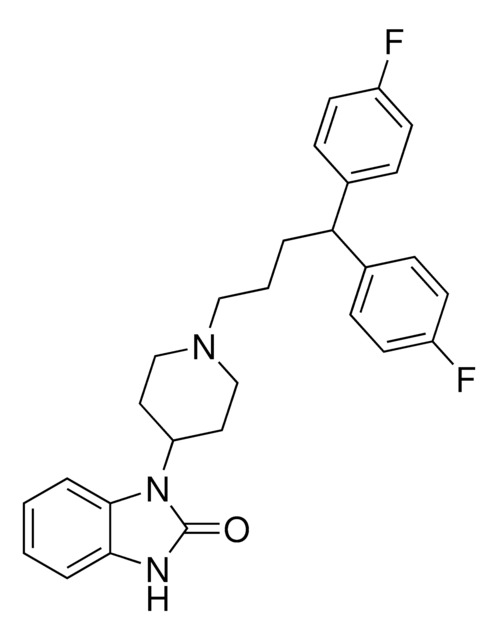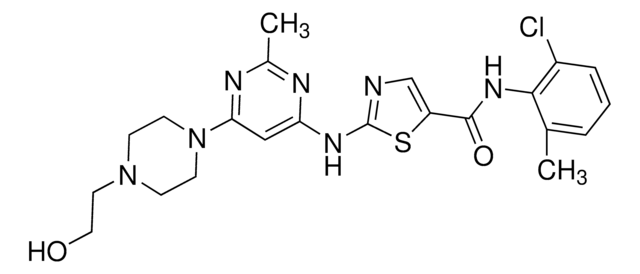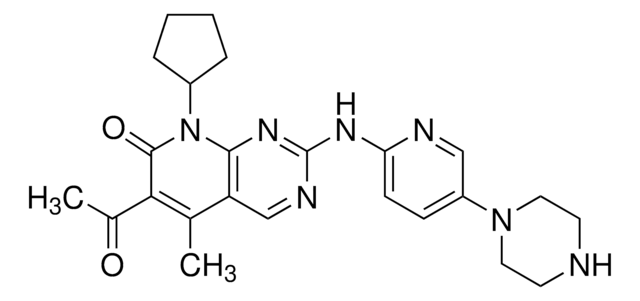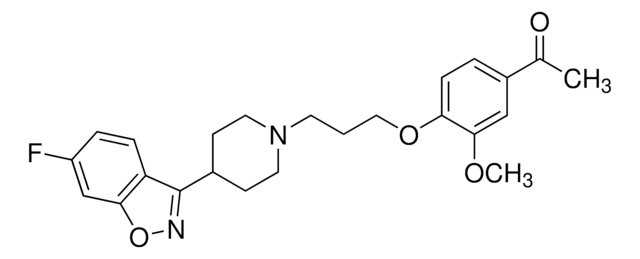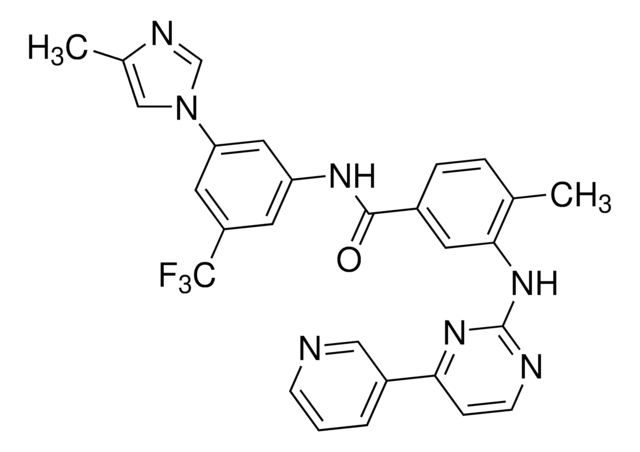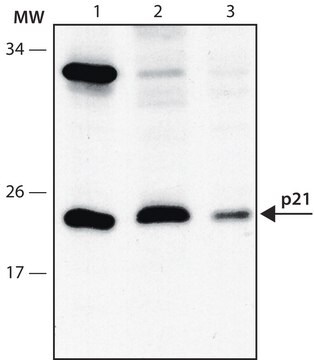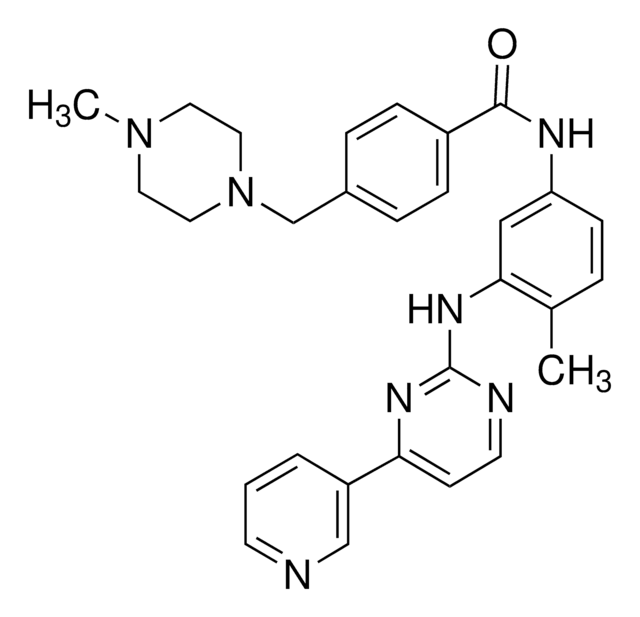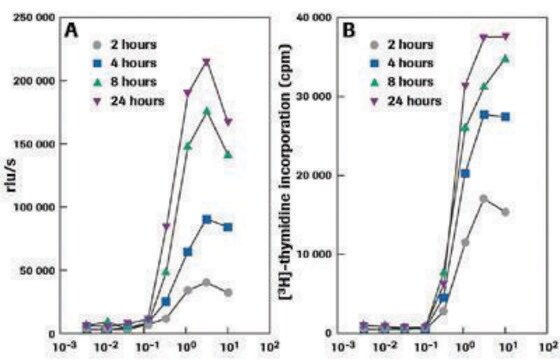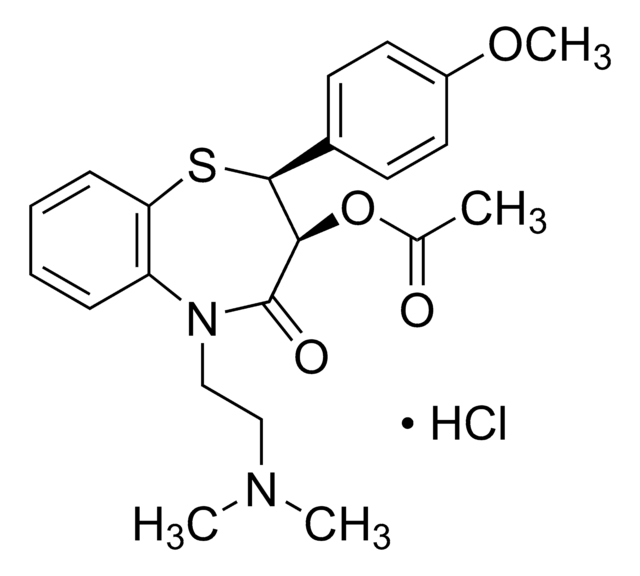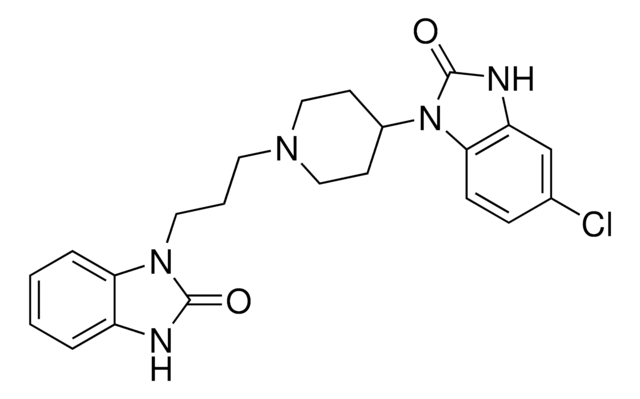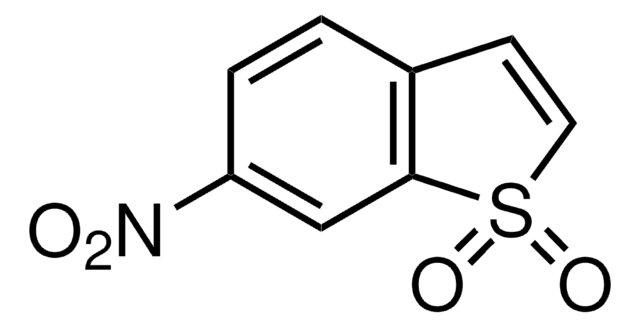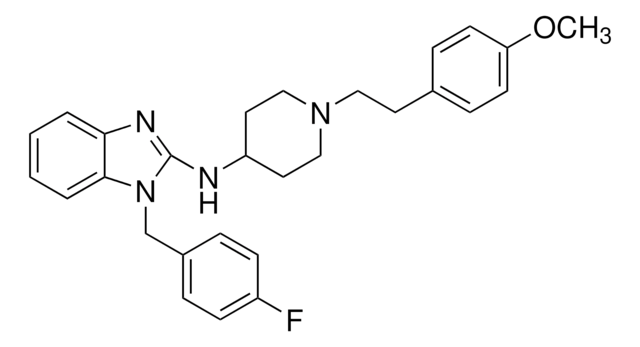P1793
Pimozide
≥98% (TLC), powder, D₂ dopamine receptor antagonist
Sinónimos:
1-[1-[4,4-bis(4-Fluorophenyl)butyl]-4-piperidinyl]-1,3-dihydro-2H-benzimidazol-2-one
About This Item
Productos recomendados
Nombre del producto
Pimozide,
form
powder
Quality Level
solubility
DMSO: 18 mg/mL(lit.)
chloroform: 5 mg/mL
H2O: insoluble(lit.)
originator
Teva
storage temp.
2-8°C
SMILES string
Fc1ccc(cc1)C(CCCN2CCC(CC2)N3C(=O)Nc4ccccc34)c5ccc(F)cc5
InChI
1S/C28H29F2N3O/c29-22-11-7-20(8-12-22)25(21-9-13-23(30)14-10-21)4-3-17-32-18-15-24(16-19-32)33-27-6-2-1-5-26(27)31-28(33)34/h1-2,5-14,24-25H,3-4,15-19H2,(H,31,34)
InChI key
YVUQSNJEYSNKRX-UHFFFAOYSA-N
Gene Information
human ... ABCB1(5243) , CACNA1G(8913) , CYP3A4(1576) , DRD1(1812) , DRD2(1813) , DRD3(1814) , DRD4(1815) , DRD5(1816) , HTR2A(3356) , HTR7(3363) , KCNH1(3756) , KCNH2(3757) , OPRD1(4985)
mouse ... Abcb1a(18671) , Abcb1b(18669)
rat ... Scnn1g(24768)
¿Está buscando productos similares? Visita Guía de comparación de productos
Biochem/physiol Actions
Features and Benefits
Elija entre una de las versiones más recientes:
¿Ya tiene este producto?
Encuentre la documentación para los productos que ha comprado recientemente en la Biblioteca de documentos.
Los clientes también vieron
Contenido relacionado
Cyclic nucleotides, including cyclic AMP (cAMP), cyclic GMP (cGMP) and cyclic ADP-ribose, have been extensively studied as second messengers of intracellular events initiated by activation of GPCRs. cAMP modifies cell function in all eukaryotic cells, principally through the activation of cAMP-dependent protein kinase (PKA), but also through cAMP-gated ion channels and guanine nucleotide exchange factors directly activated by cAMP.
Nuestro equipo de científicos tiene experiencia en todas las áreas de investigación: Ciencias de la vida, Ciencia de los materiales, Síntesis química, Cromatografía, Analítica y muchas otras.
Póngase en contacto con el Servicio técnico